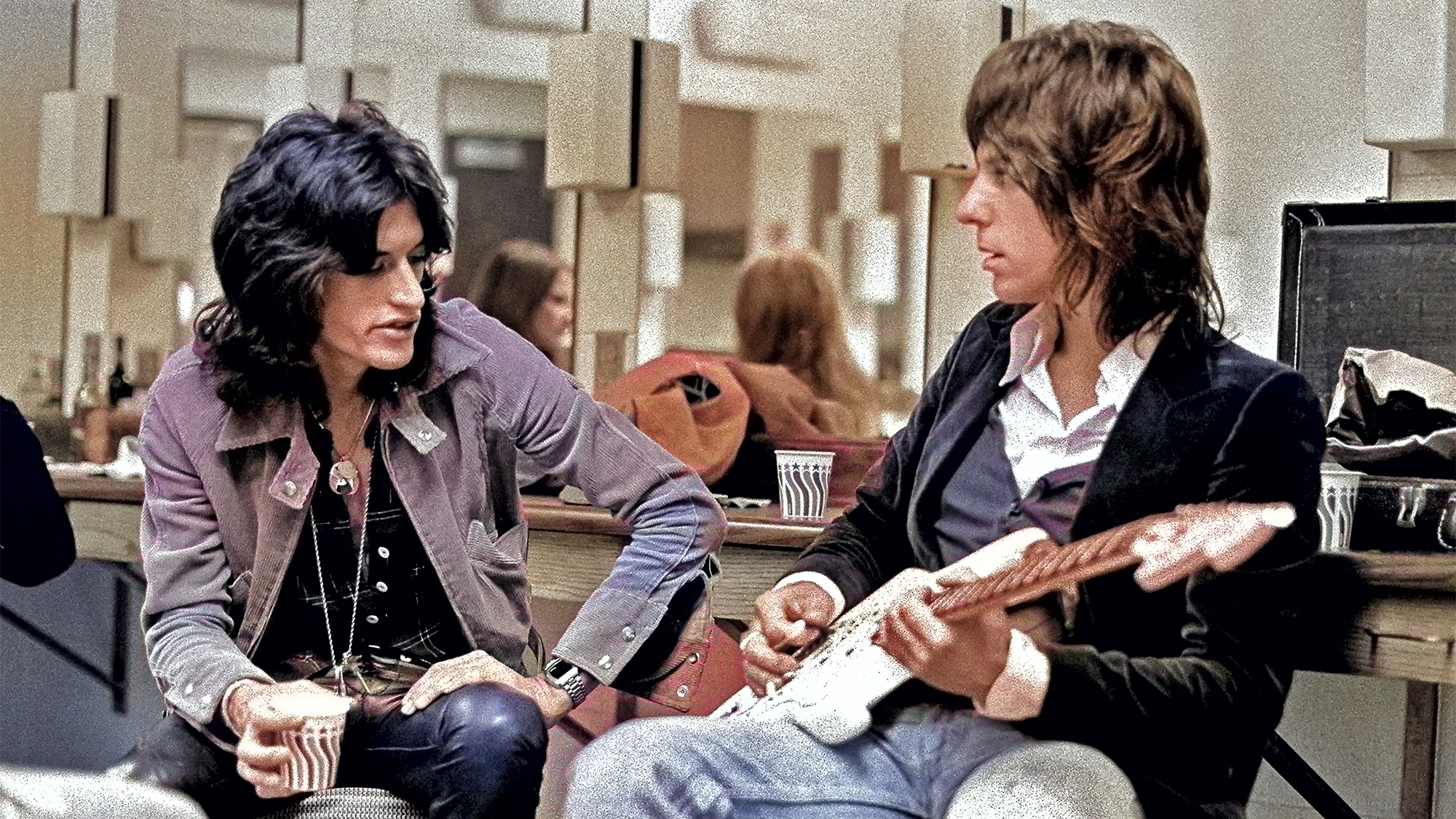“When I was in the hospital with my hand bigger than my head, I said, ‘What am I doing?’” Tom Petty on the freak accident that nearly ended his guitar-playing days
In a flash of anger over a song, the guitarist saw his future nearly disappear

“You don't really know why you smash your hand into a wall and break all the bones,” Tom Petty explained in a video interview around 1985. “I can't really pinpoint the reason because there wasn't a particular incident where I turned around and smashed the wall trying to hurt myself or impress someone. I was just frustrated.”
It was October 1984 when Petty nearly ended his guitar-playing career. The sessions for what would become Southern Accents had stretched on for months, since at least the September 1983 conclusion of Tom Petty and the Heartbreakers’ tour for Long After Dark, the 1982 album that featured their hit “You Got Lucky.” Southern Accents had started life as a solo record, but by late 1984 it had become a band record. All Petty knew was that he wanted it finished, no matter which name was on it.
“There was a point around last winter when I wanted to finish the album,” he explained in a 1985 video interview. “Really, for my own reasons, just to have it out of my hair by the end of the year was kind of a goal, I'd say.”
With recording completed, mixing was carried out at Petty’s home studio by two teams of engineers in an attempt to wrap things up quickly.
“They'd be in one room mixing and I was in another room listening to the mixes of the day before,” he said.
One mix in particular was bothering him. He had picked “Rebels” to be the new record’s lead track. But no matter how it was mixed, it didn’t sound as good to him as his original demo.
“I was in another room, and I put on the very first demo of the song, which was better than what I was doing at the moment, which just drove me crazy,” Petty said.
All the latest guitar news, interviews, lessons, reviews, deals and more, direct to your inbox!
“And as I was walking from that room to the next, I slammed the wall with my hand.”
Although it’s often said Petty punched a wall, he hit the wall with the back of his left hand, as he indicated in video interviews.
“I took my hand like this, hit the back,” he explained. “I didn't think that I hit it that hard.”
But almost instantly, he knew he’d done serious damage to himself. An X-ray revealed the unbelievable extent to which he’d broken his hand.
“I really hurt it,” he said. “Pulverized it. Broke it to powder — five bones in the hand, to powder.”
I didn't think that I hit it that hard. I really hurt it. Pulverized it. Broke it to powder.”
— Tom Petty
The trauma was so extensive that doctors from around the hospital dropped by to view the X-rays. No one could believe it.
In the end, his hand had to be rebuilt using wire and metal studs. Even after surgery, the prognosis was grim, considering that he’d broken his left hand, which he used for fretting. Doctors told him he might never play guitar again.
Petty’s response was characteristic: "Fuck that!"
As Heartbreakers’ guitarist Mike Campbell would recall, it was the same determination Petty showed near the end of his life when a broken hip threatened to sideline the group’s tour. Petty resolved to see it through, “Even if I have to be in a wheelchair.”

Nine months later, Petty finally had the chance to see if he could play. He picked up a guitar and chose a song suited to the occasion: “The Waiting.”
The surgery was a success. And as part of his rehabilitation, he had to begin playing lead guitar to help rebuild his dexterity. That came in handy years later when he cut the electric guitar solo for “Mary Jane’s Last Dance,” a standout track from the Heartbreakers’ 1993 Greatest Hits album.
By then, he’d had nearly 10 years to reflect on the damage he’d done to himself in a flash of anger. Speaking to Musician magazine, he said the experience was a wakeup call.
“When I was in the hospital with my hand bigger than my head, I said, ‘What am I doing?’” he said. It was part of a habit he'd developed subconsciously to give himself something to write about.
“If things started to get too placid or idyllic, I’d just do something to get everything stirred up. It took a lot to admit that to myself. I would just get everything in turmoil so the music would come.”
He said those nine months wearing a cast, not knowing if he’d ever play guitar again, gave him time to consider his options.
“And the list was real short,” he told Musician. “It was nine months before I could even strum a chord.
“That was the hardest thing for me,” he continued. “In the back of my mind I always thought I’d be okay — but, boy, it was weird to reach for the guitar and have this big thing on the end of my arm. The way I was living at the time was rowdy. I was about to rowdy myself off the end of a cliff.”
Christopher Scapelliti is editor-in-chief of GuitarPlayer.com and the former editor of Guitar Player, the world’s longest-running guitar magazine, founded in 1967. In his extensive career, he has authored in-depth interviews with such guitarists as Pete Townshend, Slash, Billy Corgan, Jack White, Elvis Costello and Todd Rundgren, and audio professionals including Beatles engineers Geoff Emerick and Ken Scott. He is the co-author of Guitar Aficionado: The Collections: The Most Famous, Rare, and Valuable Guitars in the World, a founding editor of Guitar Aficionado magazine, and a former editor with Guitar World, Guitar for the Practicing Musician and Maximum Guitar. Apart from guitars, he maintains a collection of more than 30 vintage analog synthesizers.

